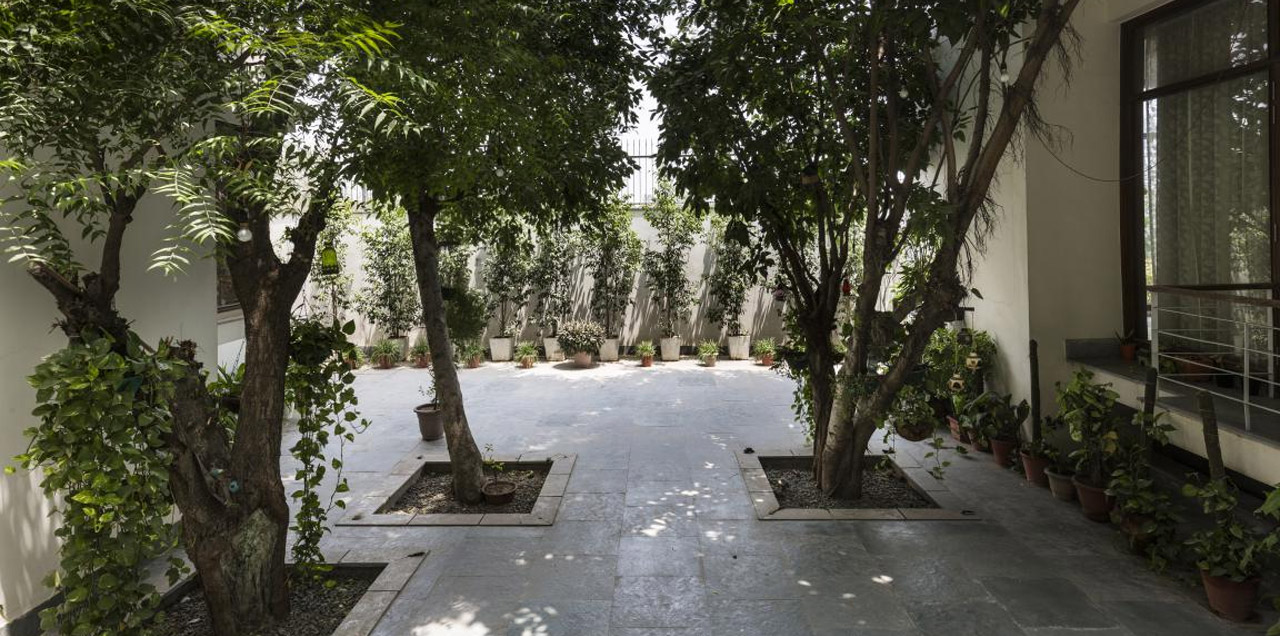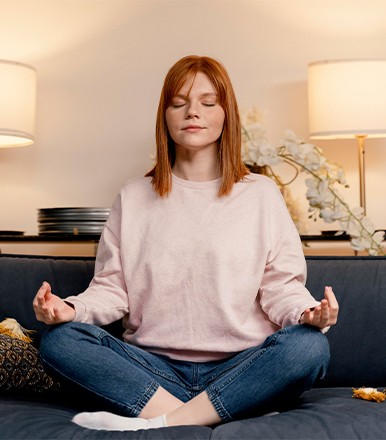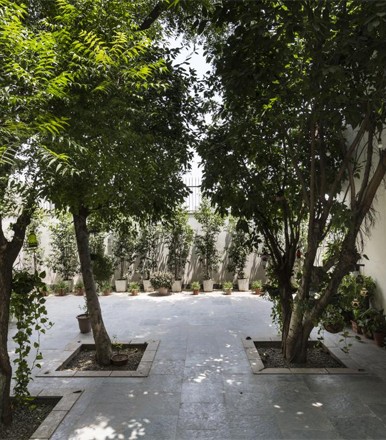+++Hey! My zealous readers, Imagine a sunny Sunday afternoon with a glass of chilled lemonade in hand, light music in the surroundings, sitting under the shades of your own nurtured trees, surrounded by kitchen herbs, where sun rays are passing through the dense leaves and falling on the ground.
Aah! What a soothing setup. Now just think, every other afternoon like that, how delightful, right?!
That’s our very own Indian traditional Courtyard structure.
Spanish author Yann Martel says “There is no peace like the peace of an inner courtyard on a sunny day.” And we can’t agree more+++
In the bustling tapestry of India's diverse culture and architectural heritage, the courtyard stands as an emblem of tradition, a relic that binds the past with the present. It embodies a space not merely for aesthetics but for the soul—a sanctuary where culture, lifestyle, and health intertwine harmoniously. This spatial arrangement was also a place dedicated to family activities such as weddings, rituals, and social gatherings.
In the fabric of Indian life, the courtyard is a testament to a lifestyle rooted in interconnectedness—a space where families convene, stories are shared, and traditions are passed down through generations. The courtyard serves as a means to provide natural light, cool air, privacy as well as security to the surrounding spaces within the building. The feature soon took on a social character as the heart of the home where activities would range from morning chores to evening relaxation.
In traditional homes, these courtyards hold an irreplaceable significance. They serve as the nucleus of a family's daily life, a place for morning prayers, shared meals, and celebrations of festivals. Contrastingly, the urban landscape, with its towering structures and fast-paced existence, often overlooks this humble yet vital space. But there is also a third side to it, there are some souls who left their homes but are not detached from them so these kinds of pals have created a fusion of modern and traditional houses. Nowadays people have what is called the “private courtyard”, which balances all the rooms and balconies that surround it. These places are typically used for gardening, or just to relax. Verandahs, large halls, and enclosed yards are also modern elements that are being added to the courtyard.
The juxtaposition of olden times and modernity brings forth a compelling narrative. The allure of the past whispers to modernity, emphasizing the intrinsic connection between a courtyard's presence and the well-being of inhabitants. The holistic health benefits of open spaces, natural light, and ventilation—integral elements of a courtyard—have not been lost in the maelstrom of progress.
Connection With Nature: sustainable health and environment
We, as human beings, have a physiological connection with nature. Studies show that seeing natural elements like plants, trees, and water can have tremendous health benefits. In a health-conscious era, where stress and urban living take their toll, the resurgence of interest in courtyard-centric designs is palpable. Studies affirm what traditional wisdom has long known: courtyards offer a refuge, foster mental well-being, promote physical activity, and provide a respite from the chaos of daily life.
If we think today, the invention of courtyard-centric architecture was a genius move, it would be appropriate to have a place where there can be more room for people to accommodate being indoors, but at the same time have a place where there is no barrier between them and nature, yet it gives you privacy from outsiders and their energies.
One more crucial thing to consider is sustainability. Our ancestors were way ahead of their times, what they created then is still relevant, or it's appropriate to say, much more needed in today's time. This amazes us to realize that our ancestors have always lived sustainable lives. It’s only us down the generation who forgot its vitality and changed our direction in the wrong way. Also, an amazing thing a study shows is, that a green courtyard reduces the carbon footprint of the building much more effectively.
This holistic and soothing area of most of the traditional Indian houses stands as an embodiment of resilience—an enduring space that adapts, evolves, and yet retains its essence. It’s a microcosm that encapsulates the intricate interplay between culture, lifestyle, and health, and in its presence, we find a place where past and present converge, offering a glimpse of a more holistic and fulfilling way of life.
In so many ways, the courtyard seems advantageous. Be it the aesthetics part of it or the harmony that it brings with nature and our lifestyle, the courtyard scores very high. I believe now we have countless reasons that, if we can, we should have and promote this holistic, traditional architectural structure and should acknowledge that progress need not sever the ties to our roots.
Check out Hello Fitness Magazine. There is never a wrong time to go on a fitness quest. Contact us and allow us to assist you in leading a better lifestyle. Follow us on Instagram. We share the best Health and fitness-related Articles for information based on healthy eating, health and fitness recommendations, health problems and their solutions, human body fitness, and much more.











-cr-386x440.jpg)


